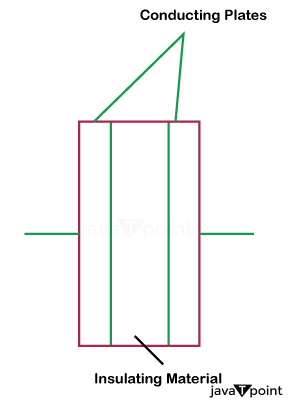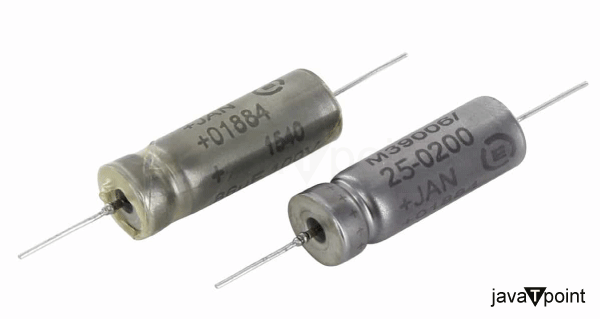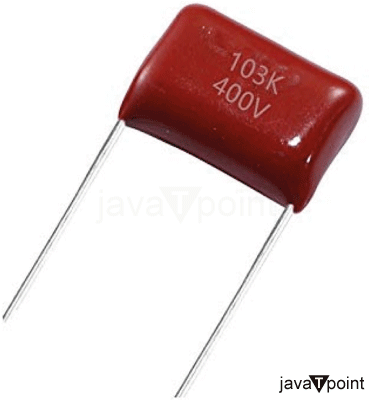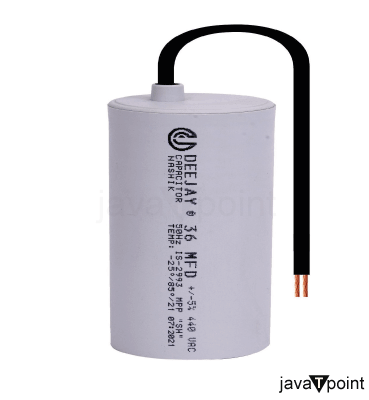What is the Advantage of a CapacitorIntroduction:In the ever-advancing realm of electronics, tiny yet mighty components play a pivotal role in shaping the way our devices function. One such unsung hero of the electronics world is the capacitor. Despite its seemingly simplistic appearance, the capacitor holds profound importance, acting as an essential building block that facilitates the functioning of countless electronic circuits. This article delves into the marvelous world of capacitors, uncovering their significance and diverse applications. What is a Capacitor?A capacitor is an electronic component used in electrical circuits to store and release electrical energy. It is a passive two-terminal device that consists of two conductive plates separated by an insulating material called a dielectric. The dielectric can be made of various materials, such as ceramic, electrolytic, tantalum, or plastic. When a voltage is applied across the terminals of a capacitor, an electric field is established between the plates. Electrons accumulate on one plate, while the other plate experiences a deficiency of electrons, creating an electric charge. The amount of charge stored in the capacitor is directly proportional to the voltage applied. 
Capacitors have a unique property known as capacitance. Capacitance is a measure of the ability of a capacitor to store electrical charge. Measured in units called farads (F). However, since farads are relatively large units, capacitors are more commonly labeled in microfarads (μF) or picofarads (pF). The capacitance is directly proportional to the area of the plates and inversely proportional to the distance between them and the permittivity of the dielectric material. A capacitor with larger plates or a dielectric with a higher dielectric constant will have a higher capacitance. Formulas Related to Capacitors:1. Capacitance (C): The capacitance of a capacitor is a measure of its ability to store electric charge per unit voltage. C=Q/V Where:
2. Energy Stored in a Capacitor (W): The energy stored in a capacitor can be calculated using the following formula: W=½*C*V 2 Where:
3. Time Constant (τ): The time constant of a capacitor-resistor (CR) circuit determines the rate at which the voltage across the capacitor changes during charging or discharging. τ=RC Where:
4. Charging and Discharging of a Capacitor: The voltage across a charging or discharging capacitor can be described by exponential functions: For charging: V(t)=V0(1-e -t/(R*C*V)) For discharging: V(t)=V0e -t/(R*C*V) Where:
5. Parallel and Series Capacitor Combinations: For capacitors connected in parallel, the total capacitance is the sum of individual capacitances: Ctotal=C1+C2+…+Cn For capacitors connected in series, the reciprocal of the total capacitance is the sum of the reciprocals of individual capacitances: 1/Ctotal=1/C1+1/C2+…+1/Cn Where:
Types of CapacitorsCapacitors come in a wide array of types, each tailored to specific applications. Some common types include 1. Ceramic Capacitors:These are small, inexpensive capacitors made from ceramic materials. They are used for electronic circuits' decoupling, filtering, and coupling applications. They come in various shapes and sizes. 2. Electrolytic Capacitors:
3. Film Capacitors:

4. Mica Capacitors:These are precision capacitors with excellent stability and high tolerance to temperature variations. They are often used in high-performance applications. 5. Ceramic Disc Capacitors:These are disc-shaped ceramic capacitors used for general-purpose applications. 6. Variable Capacitors:These capacitors have an adjustable capacitance, making them useful for tuning circuits or adjusting the frequency response in certain applications. 7. Supercapacitors:Also known as ultracapacitors, these have very high capacitance but lower voltage ratings compared to traditional capacitors. They are used for short-term energy storage and rapid energy discharge applications. 8. Glass Capacitors:These capacitors are constructed using glass as the dielectric material. They are known for their stability and are often used in high-temperature applications. 9. Feedthrough Capacitors:These capacitors are designed to suppress high-frequency noise and interference, often used in filtering applications for cables and connectors. 10. Power Factor Correction Capacitors:Used in power systems to correct the power factor and improve energy efficiency. 11. Ceramic Chip Capacitors:Surface-mount versions of ceramic capacitors are commonly used in modern electronics due to their small size and compatibility with automated assembly processes. 12. Motor Start Capacitors:These capacitors are used to provide an initial boost of power to start electric motors. Used in fans and coolers etc. 
13. Safety Capacitors:Designed with safety mechanisms to reduce the risk of electrical shock and interference. Role of Capacitors in ElectronicsCapacitors in electronic circuits offer numerous advantages that make them indispensable components for a wide range of applications. Here are some of the key advantages of using capacitors: 1. Energy Storage and Release:In electronic circuits, capacitors are effective as noise filters and voltage stabilizers. When they are placed strategically, they shunt high-frequency noise to the ground to ensure clean signals and efficient operations. Decoupling capacitors act as energy reservoirs, supplying rapid bursts of power to components during high-demand situations and preventing voltage drops and system failures. 2. Filtering and Signal Conditioning:In electronic circuits, capacitors shine as effective noise filters and voltage stabilizers. Placed strategically, they shunt high-frequency noise to the ground, ensuring clean signals and efficient operations. 3. Timing and Oscillation:By combining capacitors with resistors or inductors, capacitors can control the timing of circuits and create oscillators, which are fundamental components in clocks, timers, and frequency generators. 4. Coupling and Decoupling:Capacitors are adept at coupling AC signals while blocking DC components. In audio amplifiers, for instance, they transmit audio signals while halting any unwanted DC biases. This feature is invaluable in maintaining signal fidelity and preventing distortion. Decoupling capacitors act as energy reservoirs, supplying rapid bursts of power to components during high-demand situations and preventing voltage drops and system failures. 5. Power Factor Correction:In the realm of energy efficiency, capacitors take on the challenge of power factor correction. By compensating for lagging or leading power factors in electrical systems, they optimize energy use, reduce losses, and enhance overall power quality. 6. Compact Size and Lightweight:Capacitors come in various sizes, including miniature surface-mount packages, making them suitable for compact electronic devices where space is limited. 7. High Reliability and Long Lifespan:Capacitors are generally highly reliable and have long operational lifespans when operated within their specified parameters. 8. Low Cost:Capacitors are relatively inexpensive, especially for common types like ceramic capacitors. This cost-effectiveness makes them practical for mass production and widespread use in consumer electronics. 9. Easy to Implement:Capacitors are easy to integrate into electronic circuits due to their simple two-terminal structure and straightforward operation. 10. Wide Range of Capacitance Values:Capacitors are available in a vast range of capacitance values, from picofarads to farads, allowing them to cater to a wide variety of applications. 11. Stability and Low Losses:Certain types of capacitors, like film capacitors, exhibit excellent stability and low losses, making them ideal for high-precision and reliability applications. 12. Temperature and Frequency Stability:Capacitors' capacitance is relatively stable across different temperatures and frequencies, ensuring consistent performance in varying environmental conditions. Modern and Future Trends of Capacitors:In the dynamic landscape of electronics and energy storage, capacitors are undergoing a transformative evolution that promises to redefine their capabilities and applications. As technology advances and demands for efficient energy storage solutions increase, several key trends are emerging in capacitor technology. These trends enhance the performance of existing applications and pave the way for new frontiers in electronics, renewable energy, and beyond. In this article, we delve into the future trends shaping the capacitors world.
Drawbacks of Capacitors:While capacitors are incredibly useful and versatile components in electronics and various applications, they have certain drawbacks and limitations that must be considered when designing and using circuits. Some of the drawbacks of using capacitors include
NOTE: It's important to note that while capacitors have these limitations, they are still highly valuable components with a wide range of applications. Engineers and designers need to carefully consider these drawbacks and choose the appropriate capacitor types and configurations based on the requirements of their specific applications.ConclusionWhile capacitors may seem unassuming, their contributions to modern electronics are immeasurable. As key components in countless circuits, offering advantages such as energy storage, signal filtering, timing control, power factor correction, and more. Their versatility, cost-effectiveness, and ability to enhance circuit performance make them fundamental components essential for operating a wide range of electronic devices and systems. |
 For Videos Join Our Youtube Channel: Join Now
For Videos Join Our Youtube Channel: Join Now
Feedback
- Send your Feedback to [email protected]
Help Others, Please Share










